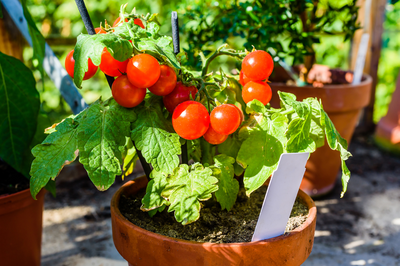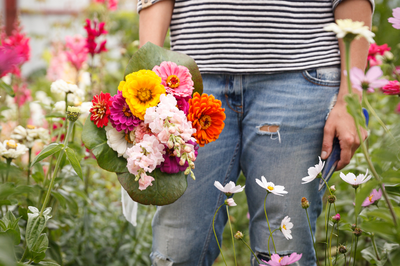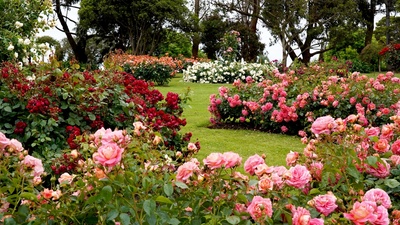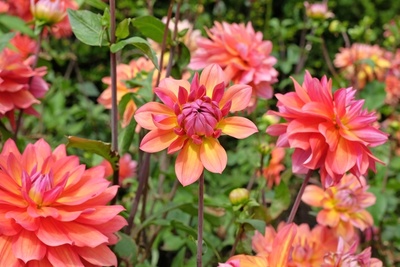
With their velvety leaves and colourful flowers that keep coming for months, African violets (Saintpaulia) make gorgeous houseplants. Compact enough to fit on a windowsill, they brighten up even the smallest of spaces.
How to care for African violets
African violets need plenty of light, but too much direct light will scorch the leaves. In winter, when light levels are low, place them on a south-facing windowsill. In spring, move them to an east- or west-facing window to shield them from strong direct light.
African violets don’t like to get too cold, preferring a temperature between 18-24°C (64-75°F) during the day and above 16°C (60°F) at night. Keep them out of draughts, and avoid any sudden temperature changes. Raise the humidity level around the plant by placing it in its pot on a tray filled with gravel and top the tray up with water to just below the gravel's surface.
Water when the surface of compost feels dry. Avoid overwatering, and take care not to wet the leaves. African violets are very temperature sensitive, so use water at room temperature, not cold water. Feed monthly in spring and summer with a diluted liquid houseplant feed.
How to propagate African violets from a leaf
African violets are very easy to propagate from leaf cuttings. This is best done in spring, following these simple steps:
-
Choose a large leaf and cut it off with its stalk.
-
Fill a small pot with seed compost or a 50/50 mix of multipurpose compost and sharp sand.
-
Press the leaf stalk into the compost so that the edge of the leaf touches the compost
-
Water well and allow to drain.
-
Place the pot in a propagator or cover it with a clear plastic bag and put it somewhere bright, out of direct sunlight.
-
Water regularly to keep the compost moist, and remove the plastic bag periodically for ventilation.
-
After around a month, new plantlets should appear at the base of the leaf. Remove the plastic bag and leave the new plants to grow until they are big enough to pot on individually.
African violet problems
You can easily fix many of the problems with growing African violets. Here are some of the most common problems:
-
Brown leaf spots or pale leaves usually mean that the plant is getting too much direct light.
-
If plants are not flowering, the most likely reason is that they are not getting enough light.
-
White rings on leaves are usually the result of water splashing onto the leaves, especially if the water is cold. Take care to water the compost only, not the leaves, using room-temperature water.
-
Curling brown leaves is a sign of over-feeding. Water the compost well to flush out the excess feed and reduce your feeding regime.
A flowering houseplant makes a beautiful addition to any home. Visit us today and pick the perfect houseplant for your home.




